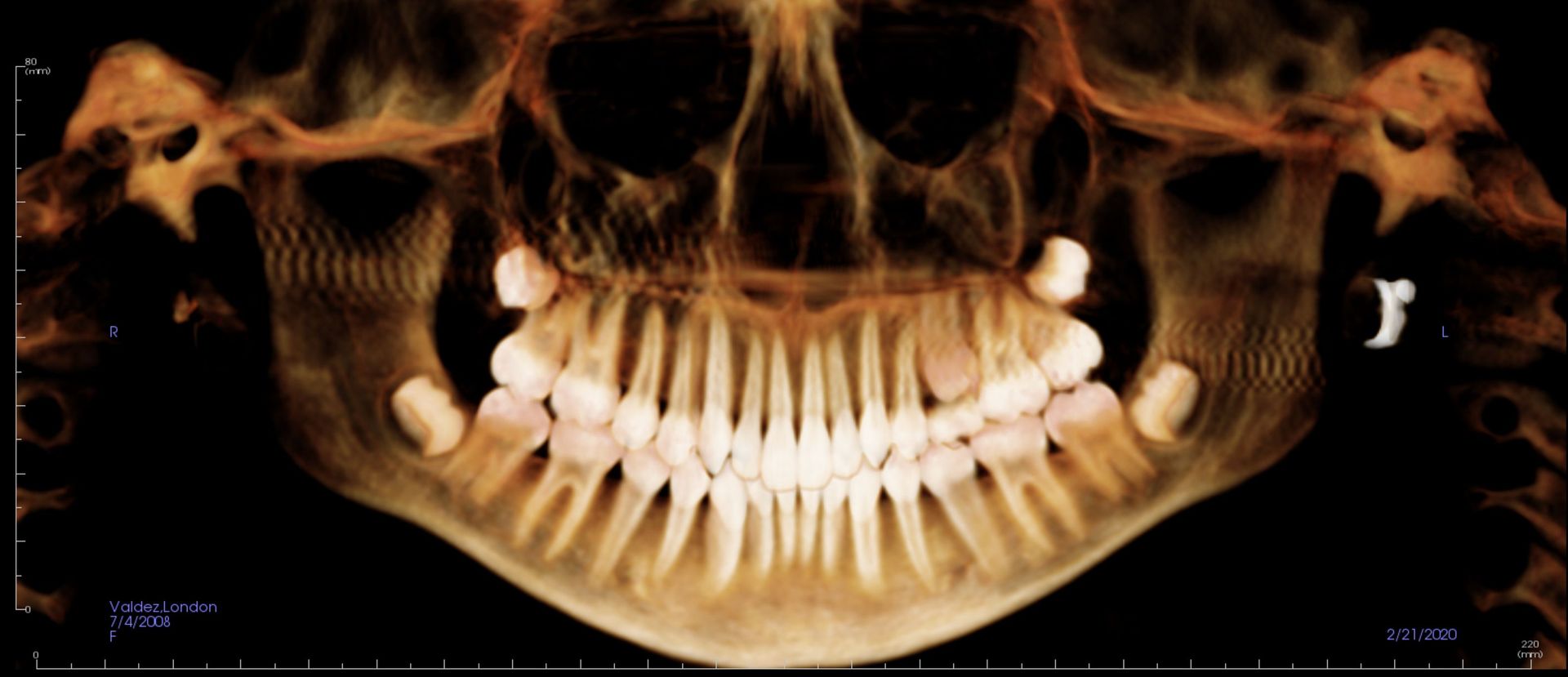Airway Orthodontics in El Paso, TX
What is Airway Orthodontics?
Airway Orthodontics focuses on enhancing breathing and dental alignment through specialized orthodontic treatments. This innovative approach addresses issues such as sleep apnea and snoring by optimizing the airway passages. By incorporating techniques that promote better airflow, patients enjoy improved sleep quality and overall health, making this a crucial investment for those seeking comprehensive dental and health benefits.
The Science Behind Improving Health with Airway Orthodontics
Airway Orthodontics employs advanced dental techniques to expand the oral cavity and adjust jaw positioning, scientifically enhancing the airway's patency. This method targets the root causes of obstructive sleep apnea and other respiratory issues by realigning the jaw and teeth to optimize airflow during sleep. Continuous positive airway pressure and overall respiratory efficiency are thus significantly improved, offering a durable solution to those struggling with sleep-related breathing disorders.

Is Airway Orthodontics Right for You? Learn When You Should Get It
Airway Orthodontics may be beneficial for both adults and children who experience certain symptoms affecting their breathing and dental health. Here's when you might consider it:
Adults:
- Persistent snoring that affects sleep quality
- Diagnosed sleep apnea not alleviated by other treatments
- Chronic mouth breathing and related symptoms
- Jaw pain or dysfunction linked to misaligned teeth
Children:
- Difficulty breathing during sleep, including snoring
- Poor sleep patterns affecting behavior or growth
- Mouth breathing that persists beyond early childhood
- Dental issues that may indicate a restricted airway

Comparing Airway Orthodontics to Traditional Orthodontics
Airway orthodontics extends beyond traditional orthodontic goals of straightening teeth and correcting bites. It focuses on enhancing airway openness to improve breathing and sleep quality, particularly beneficial for those with sleep-related disorders. This approach integrates dental health with overall respiratory function, offering comprehensive benefits.
In contrast, traditional orthodontics primarily aims to align teeth and jaws for aesthetic and functional improvements. Airway orthodontics employs additional techniques, such as palatal expansion, to widen the airway and facilitate easier breathing. This results in improvements not just in dental alignment but also in overall health and well-being.
From Better Sleep to Improved Breathing—See How We Can Help
Explore how Airway Orthodontics can enhance your life:
Achieves deeper, more restful sleep by reducing symptoms like snoring and sleep apnea.
Improves breathing clarity
Supports overall health by ensuring sufficient oxygen intake.
Alleviates symptoms linked to TMJ disorders by correcting jaw alignment.
Enhances facial aesthetics through optimal teeth and jaw positioning.
Frequently Asked Questions
What dental conditions indicate the need for airway orthodontics?
Airway orthodontics is often recommended for individuals experiencing obstructive sleep apnea, persistent snoring, or breathing difficulties during sleep. Additionally, dental conditions such as a narrow palate, misaligned teeth, or an improper bite that can restrict the airway may also indicate the need for this specialized treatment.
How does airway orthodontics differ from regular orthodontics?
Unlike traditional orthodontics that primarily aims to straighten teeth and correct bites, airway orthodontics focuses on expanding the palate and adjusting jaw alignment to enhance the airway passage. This approach not only improves dental aesthetics but also significantly boosts respiratory function and sleep quality.
Are there age restrictions for airway orthodontics?
Airway orthodontics can be beneficial at any age, but early intervention is ideal. In children, the treatment can guide proper jaw development and prevent future respiratory and dental issues. Adults can also benefit, although treatment may involve different techniques, such as the use of appliances to expand the palate or adjust the jaw.
What are the typical signs that airway orthodontics might be necessary?
Typical signs include chronic mouth breathing, frequent night awakenings, loud snoring, pauses in breathing during sleep, daytime fatigue, and morning headaches. Children may also exhibit behavioral or attention issues in school due to poor sleep quality.
Can airway orthodontics resolve TMJ issues?
Yes, airway orthodontics can also address temporomandibular joint (TMJ) disorders. By realigning the jaw and improving the bite, this treatment can reduce stress on the TMJ, alleviating symptoms such as jaw pain, clicking sounds, and difficulty chewing, which are often exacerbated by jaw misalignment.
What preparation is required before starting airway orthodontics?
Preparation typically involves a detailed assessment of your dental and medical history, a physical examination of your teeth, jaw, and airway, and imaging studies like X-rays or 3D scans. These assessments help orthodontists design a tailored treatment plan that addresses both dental alignment and airway improvement needs.


request appointment
Let's Get Started!
Today is the perfect day to discover how orthodontic care can transform your life by enhancing your smile.
